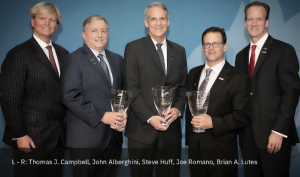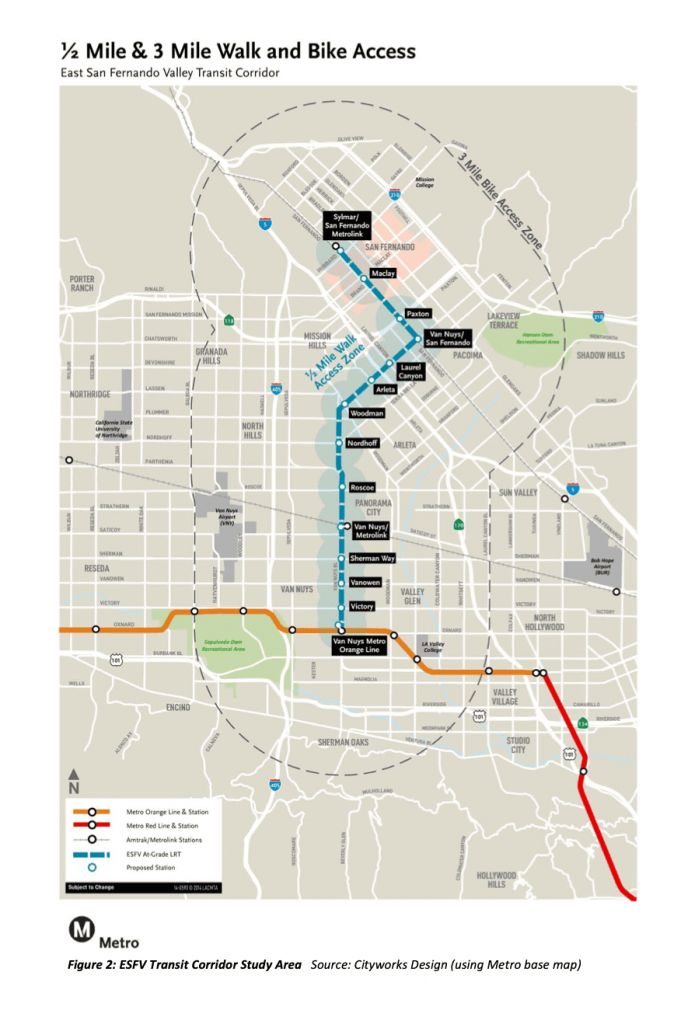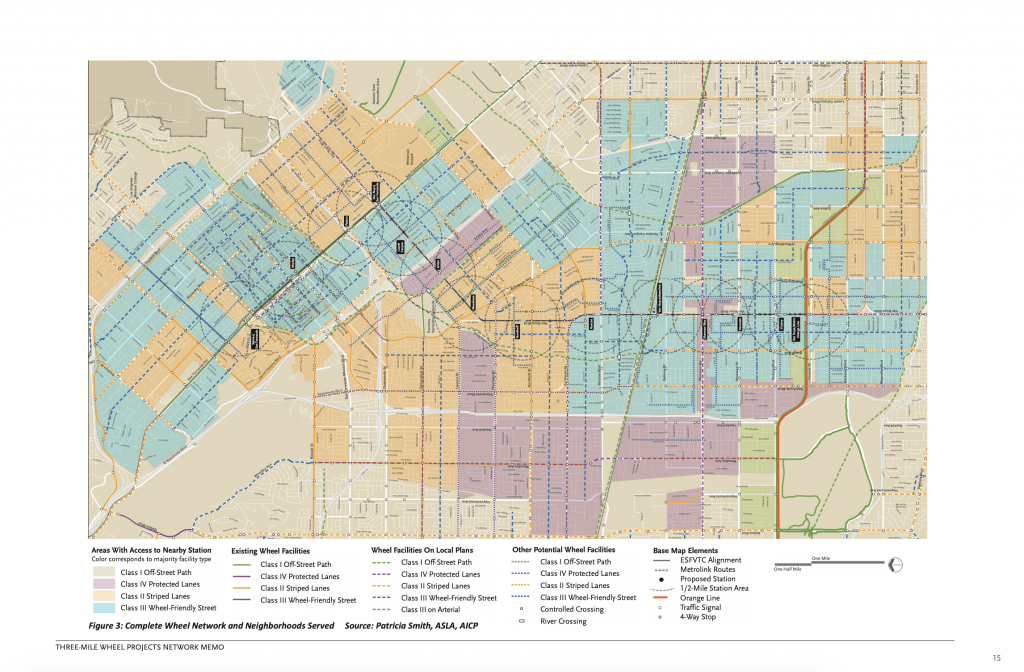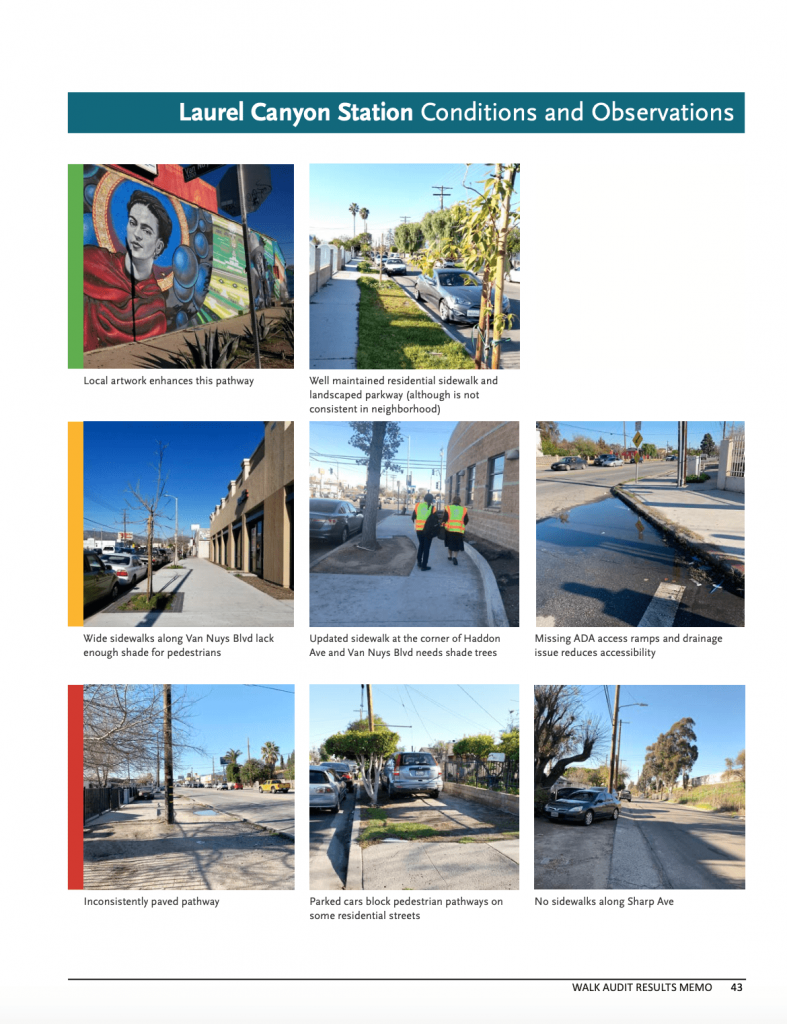Mobility 21 Advisory Board Member Spotlight:
Steve Huff
West Region Transportation Practice Leader
Michael Baker International
 Steve Huff, PE is Vice President and West Region Transportation Practice Leader for Michael Baker International (Michael Baker). In this role, he advances the practice while guiding a robust team of transportation professionals throughout California, Arizona, Nevada, and Seattle on projects ranging in size and complexity.
Steve Huff, PE is Vice President and West Region Transportation Practice Leader for Michael Baker International (Michael Baker). In this role, he advances the practice while guiding a robust team of transportation professionals throughout California, Arizona, Nevada, and Seattle on projects ranging in size and complexity.
Based in Orange County (CA), Steve has spent more nearly four decades working with public- and private-sector clients to improve transportation infrastructure. His experience has included the planning and design of major highway improvements and management of complex interstate freeway projects totaling more than $5 billion in construction cost. During his 37-year career with Michael Baker, Steve has worked extensively with clients including Caltrans, OCTA, TCA, Metro, RCTC, and SBCTA. Serving as Design Manager, his most recent project success includes completion of the $673 million design-build contract for SBCTA’s I-10 Corridor Express Lanes Project.
Steve’s leadership style employs an integrated, collaborative approach to project delivery. He draws on Michael Baker’s extensive highway design and design-build experience nationwide, in addition to our local team’s long-established reputation for delivering significant infrastructure projects across California. This approach has resulted in year-over-year growth of Michael Baker’s transportation practice, which fosters opportunities for young professionals and seasoned experts to work on exciting projects at every level.
Given his commitment to excellence, drive to deliver innovative solutions for clients, and genuine focus on mentoring the next generation of industry leaders, Steve was recently recognized as one of three recipients of the prestigious Chairman’s Award within Michael Baker. This award is the firm’s highest honor, and it distinguishes a select few of the more than 3,000 employees worldwide who have made exemplary contributions to the firm and industry. Steve is also the recipient of WTS Orange County’s 2020 Honorable Ray LaHood Man of the Year Award. This award recognizes a man who has led by example in seeking out opportunities to help advance and advocate for women in the transportation industry.
 In addition to his role as a Mobility 21 Advisory Board Member, Steve is Co-Chairman of the Caltrans District 12 Professional Liaison Committee and member of the Caltrans Statewide Professional Liaison Committee. He is also on the Board of Directors for the ACEC (American Council of Engineering Companies) Los Angeles County Chapter, and an active member of WTS (Women’s Transportation Seminar).
In addition to his role as a Mobility 21 Advisory Board Member, Steve is Co-Chairman of the Caltrans District 12 Professional Liaison Committee and member of the Caltrans Statewide Professional Liaison Committee. He is also on the Board of Directors for the ACEC (American Council of Engineering Companies) Los Angeles County Chapter, and an active member of WTS (Women’s Transportation Seminar).
Steve earned a bachelor’s degree in Civil Engineering from California State Polytechnic University, Pomona and is a registered civil engineer in California. He and his wife, Satomi, live in Orange County and have two daughters (20 and 16 years old).

First/Last Mile Plan Now Available for East San Fernando Light Rail Project
A First/Last Mile (FLM) Plan for the East San Fernando Valley Light Rail Transit project will be considered by the Metro Board of Directors at their December meeting. The project will build an 8.5-mile light rail line with 14 stations between Van Nuys and the Sylmar/San Fernando Metrolink Station.
The final draft of the Plan is available here.
The First/Last Mile Plan looks at a series of improvements that will make it easier to access rail stations from nearby neighborhoods by foot or bike/wheel. The bigger context here: about 80 percent of our riders walk or bike/roll to stations and many other people say they want to take transit but getting to and from stations without a car is time consuming and unpleasant. Metro has been developing First/Last Mile plans for different transit projects to remedy that problem.
The expected Board action will accompany the completion of Environmental Impact Report/Environmental Impact Statement (EIR/EIS) for the rail project. While Metro has completed five previous FLM plans, this is the first time that FLM planning has been built into the planning process for a rail project. As with prior FLM Plans, Metro partnered with community–based organizations (Pacoima Beautiful and Safe Moves) to engage the public and gather ideas for the plan. Public involvement included four workshops hosted by the CBO partners, school-based “coffee with the principal” conversations, a written survey distributed at community events and meetings and “walk audits” of the future stations in which Metro staff were joined by community members to survey current conditions around the stations.
FLM planning focuses on projects that make it safer, more pleasant and more comfortable to walk, bike and roll to and from transit stations. The plan proposes a slate of improvements for each station, including sidewalks, crosswalks, and bike lanes. Among the things we heard most consistently from the public was a need for street trees to provide shade and heat reduction during the day, lighting to provide a safe and pleasant environment at night and bus stop improvements to improve the transfer experience.
The FLM identified a total of 238 pedestrian projects and 96 bike/wheel projects – that averages 17 pedestrian and seven wheel projects per station. We don’t currently have the funding for many of these projects – but the first step to applying for funding from the state and federal government is to have a plan. That will allow us to pursue funding and build these projects over time. The FLM gives cities (Los Angeles and San Fernando for this project) and CBOs a document to refer to as they consider how to go forward. Of note, as improvements move forward from this planning phase, there will be additional opportunities for the public to be involved. Please have a look at the Plan from the link above, and let us know what you think in the comments.
Below are a few other pages from the plan:

This route for the light rail line.

This plan looks at potential bike/roll connections to rail stations from nearby communities.

Present conditions near the future Lauren Canyon Station

A fleet of 10 plug-in battery electric buses will be tested in addition to the 10 hydrogen fuel-cell electric buses now being tested by the Orange County Transportation Authority. It’s part of OCTA’s effort to transition to 100 percent zero-emission technology by 2040. Photo courtesy of the Orange County Transportation Authority.
OCTA to Test 10 Zero-Emission Plug-in Electric Buses
The Orange County Transportation Authority board this month approved purchasing 10 plug-in battery-electric buses for a pilot program to test how the buses perform on Orange County streets.
The contract with New Flyer of America, Inc. is for $10.4 million, with substantial grant funding helping pay for the purchase of the 10 buses.
The move is part of OCTA’s plan to convert the OC Bus fleet to 100 percent zero-emission technology by 2040.
Earlier this year, OCTA also began operating 10 hydrogen fuel-cell electric buses, and this new pilot will help determine which technology – or mix of technologies – will work best for Orange County moving forward.
It’s another important step toward zero-emission transportation technology for a balanced and sustainable future – one that will help bring even cleaner air quality to Orange County.
“This is a great opportunity for us to gather important data about the latest zero-emission technologies to ensure we continue providing the highest level of safe, reliable transit to Orange County riders,” said OCTA Chairman Steve Jones, also the Mayor of Garden Grove. “At the same time, we are helping provide an even cleaner environment.”
OCTA has already gradually transitioned its fleet over the years, from diesel-burning buses to clean-burning renewable compressed natural gas (CNG) buses with near-zero-emission engines. The state has set a requirement to transition to complete zero-emission transit within the next 20 years.
In June, OCTA approved a zero-emission bus (ZEB) rollout plan, which was submitted to the California Air Resources Board.
The plan is not a commitment to a specific type of technology. OCTA is testing both hydrogen fuel-cell electric buses and plug-in battery-electric buses to determine which ZEBs best meet OCTA’s needs related to operations, maintenance and cost, among other factors.
The 10 plug-in battery-electric buses are each the standard 40-foot length with capacity of up to 76 riders, (OCTA is currently limiting bus occupancy because of COVID-19). The buses have an estimated range of 200 miles between charges, which will allow them to run for a full day and be charged nightly at OCTA’s Garden Grove bus base.
Five of the 10 test buses are scheduled to run on a new Bravo! route between Anaheim and South Coast Metro in Santa Ana. The other five will operate throughout Orange County.
Five of the buses are funded by grants through the California Transportation Commission and SB 1, and through the Low Carbon Transit Operations Program (LCTOP) administered by Caltrans.
The hydrogen fuel-cell buses, which also create no emissions, began operating in January, when OCTA debuted its hydrogen fueling station in Santa Ana. In all, it represented a $22.9 million investment. More than half of that funding – $12.5 million – came from California Climate Investments, a statewide initiative that puts billions of cap-and-trade dollars to work reducing greenhouse gas emissions, strengthening the economy and improving public health and the environment – particularly in disadvantaged communities.
OCTA operates more than 500 buses in the regular OC Bus system across Orange County. For now, most of those buses run on CNG but OCTA is working toward the goal of producing zero emissions.
OCTA will begin phasing in additional zero-emission buses as part of future bus purchases beginning in 2023. At the same time, staff will continue to analyze emerging technologies and work with partners to secure funding for purchase, operations and maintenance of the buses.
The effort aligns with California’s Innovative Clean Transit Rule, a first-of-its kind regulation in the U.S. that sets a goal for public transit agencies to gradually transition to 100 percent zero-emission bus fleets by 2040. The Innovative Clean Transit Rule is part of the state’s comprehensive program helping to achieve California’s air quality and climate goals.
The hydrogen fuel-cell buses continue to be tested on routes throughout Orange County. The plug-in battery-electric buses are expected to begin operation in Orange County in late 2021.

On Tuesday, Dec. 1, SCAG will host the Southern California Economic Summit virtually for the first time in its 11-year history.
Keynote Speaker Announced for Economic Summit
 SCAG is very pleased to announce three-time Pulitzer Prize winner and New York Times columnist Tom Friedman as the keynote speaker for the 11th Annual Southern California Economic Summit on Tuesday, Dec. 1.
SCAG is very pleased to announce three-time Pulitzer Prize winner and New York Times columnist Tom Friedman as the keynote speaker for the 11th Annual Southern California Economic Summit on Tuesday, Dec. 1.
Tom Friedman is renowned for his direct reporting and accessible analysis of complex issues shaping the world. With clear and compelling language, Friedman discusses the opportunities and challenges that profound “accelerations,” including technology and connectivity, pose for society as well as for individuals, businesses and governments. His talk will explore solutions – on a local and global level – to ensure the future of work, skills, income and prosperity.
The SCAG Sustainable Communities Program is accepting applications for housing and sustainable development projects through January 2021.
SCAG Releases Sustainable Communities Housing & Sustainable Development Call for Applications
SCAG is pleased to announce the 2020-2021 Sustainable Communities Program (SCP) – Housing & Sustainable Development Call for Applications is now open to eligible applicants.
The SCP provides planning resources and technical assistance to local agencies to support the implementation of Connect SoCal, a long-range vision for transportation and land use planning for the region. The SCP Housing & Sustainable Development Call for Applications includes three specific project types, each with a unique application, to fund planning and implementation projects that result in the development of supportive housing policies and programs. Check out the SCP Housing & Sustainable Development fact sheet for more information.
Leading voices in business, industry, planning and academia will also join the conversation in panel and roundtable discussions to help define strategies for building back a strong, inclusive Southern California economy. Don’t miss this vital conversation on the region’s economic future – register here.
Now through Friday, Jan. 15, 2021, applicants can apply for support for any of these SCP Housing & Sustainable Development project types:
ADVANCING ACCESSORY DWELLING UNIT IMPLEMENTATION
This project type will help jurisdictions develop implementation policies and programs, including affordable rental Advancing Accessory Dwelling Unit programs and ordinances, required for housing elements updated for consistency with State law.
HOUSING SUSTAINABILITY DISTRICTS, WORKFORCE HOUSING OPPORTUNITY ZONES, AND HOUSING SUPPORTIVE TAX INCREMENT FINANCING DISTRICTS
This project type will help jurisdictions implement and adopt Housing Sustainability Districts, Workforce Housing Opportunity Zones, and Housing Supportive Tax Increment Financing Districts.
OBJECTIVE DEVELOPMENT STANDARDS FOR STREAMLINED HOUSING, PROHOUSING DESIGNATION PROGRAM AND PARKING INNOVATION
This project type will help jurisdictions revise and adopt Objective Development Standards, implement pro-housing policies and programs, revise and adopt housing supportive parking policies and programs.
APPLICATION WEBINAR
Learn more about the SCP Housing & Sustainable Development Call for Applications at our Application Webinar on Wednesday, Dec. 2, from 10 a.m. – noon. This webinar will assist agencies in preparing applications, provide a forum to answer questions, and provide additional information and examples for each project type. Register here.
Program guidelines, application materials and key dates can be found at scag.ca.gov/scp.
RCTC is testing its tolling operations along the 15 Express Lanes, which are scheduled to open this spring. The tests will make sure the new lanes open smoothly to customers.
RCTC Continues Construction Progress on the 15 Express Lanes;
Lanes Set to Open this Spring
The new 15 Express Lanes in Riverside County will be ready for commuters by spring 2021. RCTC and its construction and tolling contractors are placing the finishing touches on the lanes to ensure a safe, reliable drive for future customers. At the same time, the project remains under budget, with a major portion of those fund savings being applied to a new project on I-15 south of the 15 Express Lanes.
Since August, team members have been testing components of the tolling system to make sure the new express lanes open smoothly this spring. The lanes will feature “dynamic tolling,” and RCTC is testing the 15 Express Lanes to make sure the tolling infrastructure, pricing signs, and account charges all operate correctly before the lanes open to customers. The new “Riverside Express” Customer Service Center also is nearly complete, and staff will undergo extensive training before the center opens.
Crews are focusing on final project work, including drainage improvements before the rainy season. Last winter, the construction team noted sections of roadway where water ponding could occur. The drainage improvements involve replacing sections of pavement through the end of the year.
Safety has remained an important part of the 15 Express Lanes Project. Crews and team members take part in frequent briefings related to construction activities. Throughout the pandemic, the project has remained safely on track and has employed 3,300 people, helping to aid Riverside County’s economic recovery.
Thanks to efficient project management, RCTC allocated $25 million of unspent budget from this project to the new 15 Corridor Operations Project or 15 COP in October. This funding will add a new non-tolled lane to southbound I-15 between Cajalco Road and Weirick Road, where the roadway will drop from five lanes to three lanes after the 15 Express Lanes open. The new southbound lane will help relieve traffic in this area. Engineering and environmental studies for this project are starting now. Construction should begin in 2023 and be complete by 2024.
Along with the opening of the 15 Express Lanes, construction will start in spring 2021 for the 15/91 Express Lanes Connector. The connector will link the eastbound 91 Express Lanes to the northbound 15 Express Lanes and link the southbound 15 Express Lanes to the westbound 91 Express Lanes. Engineers have been hard at work behind the scenes during the pandemic. The project remains on track to meet the deadline for completion that is connected to the $180 million in state funding secured for the project. The connector will provide about 2,300 jobs and is scheduled to open in 2023.


